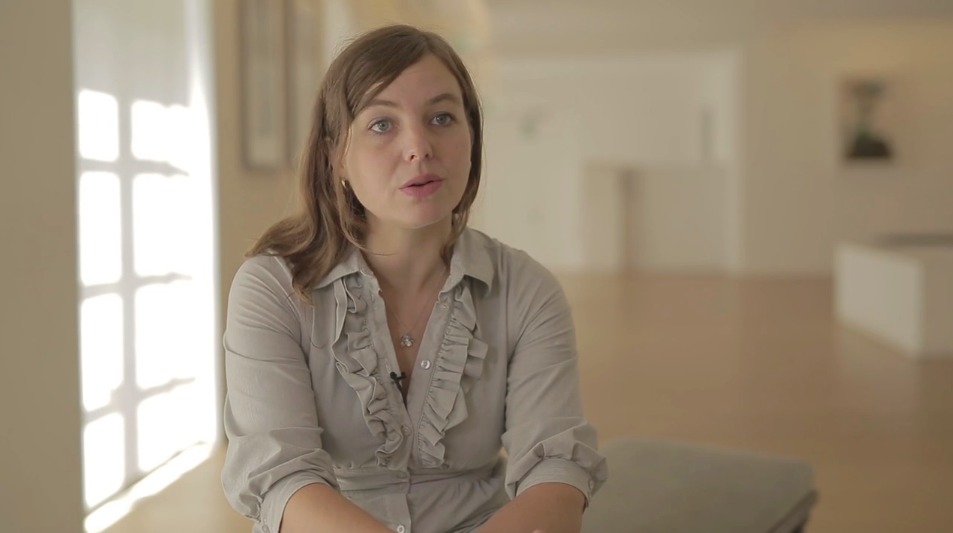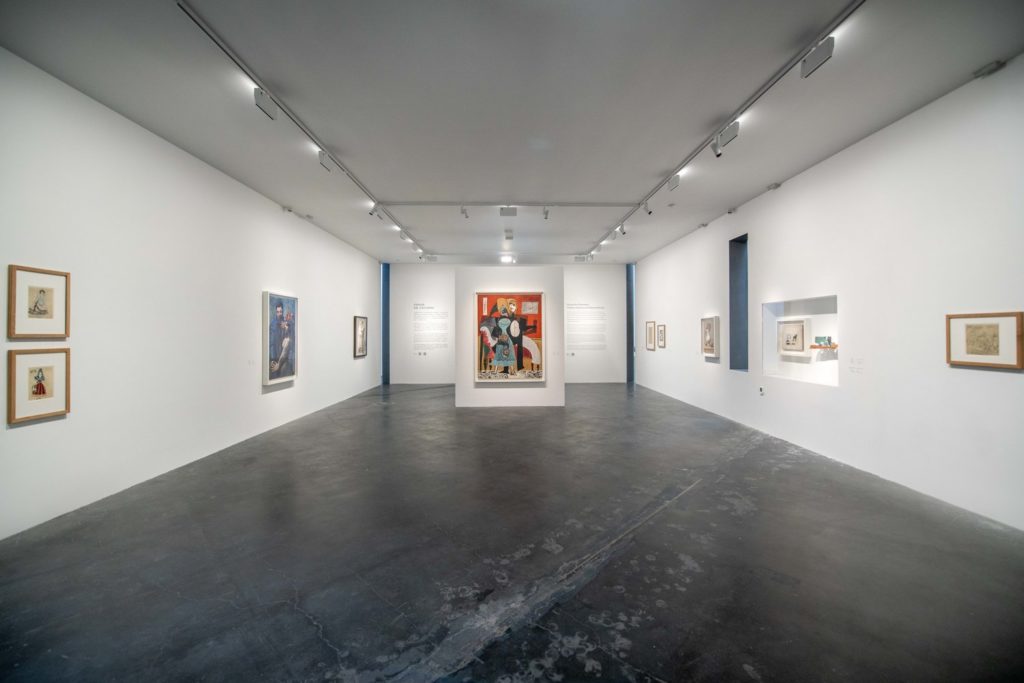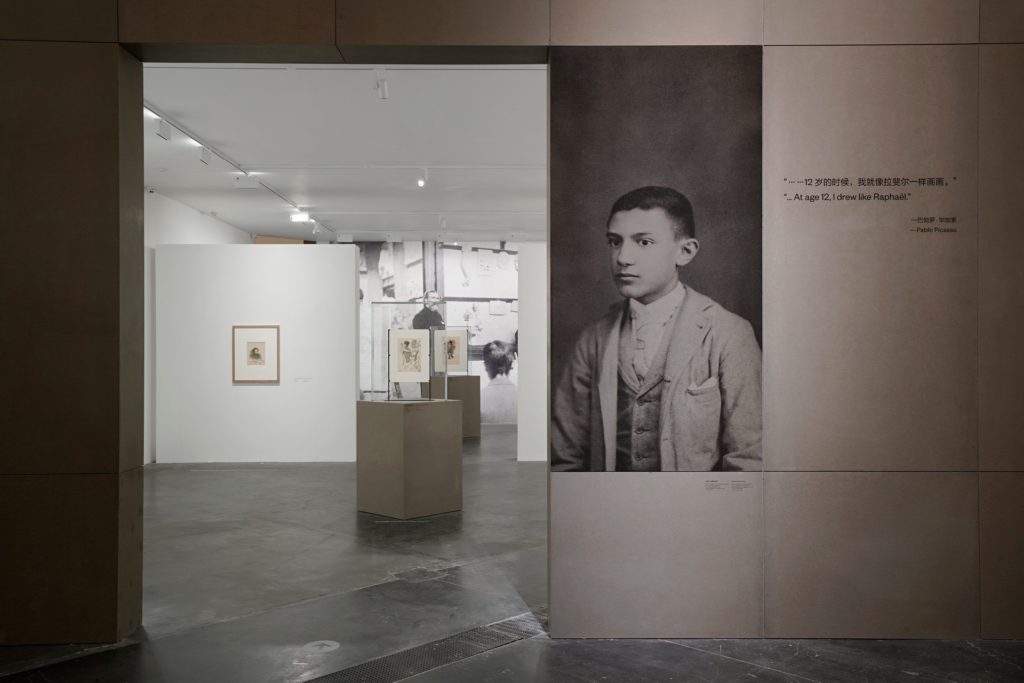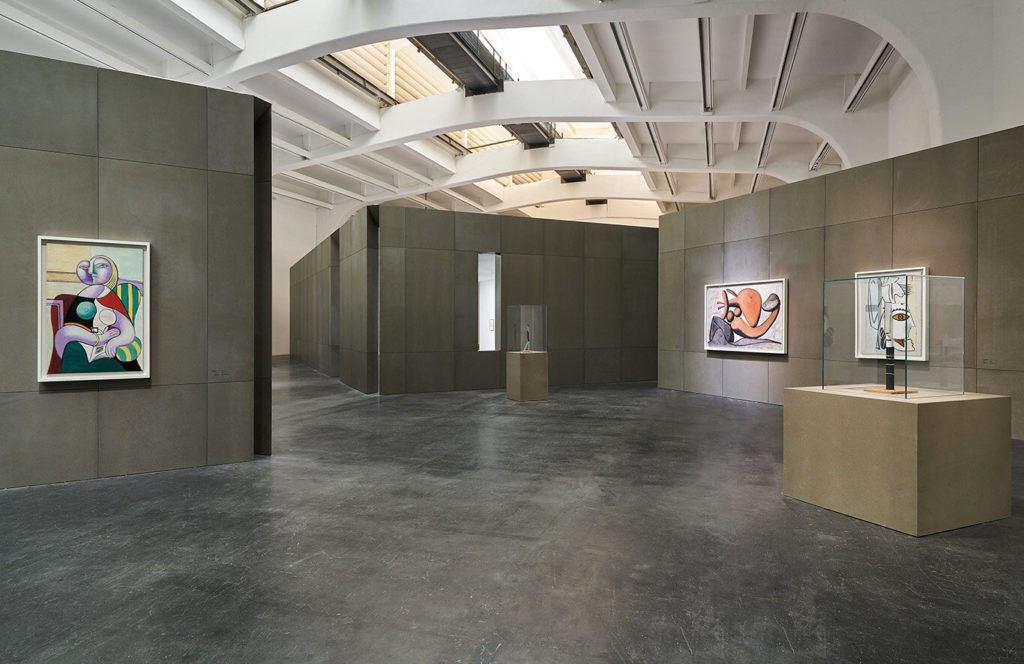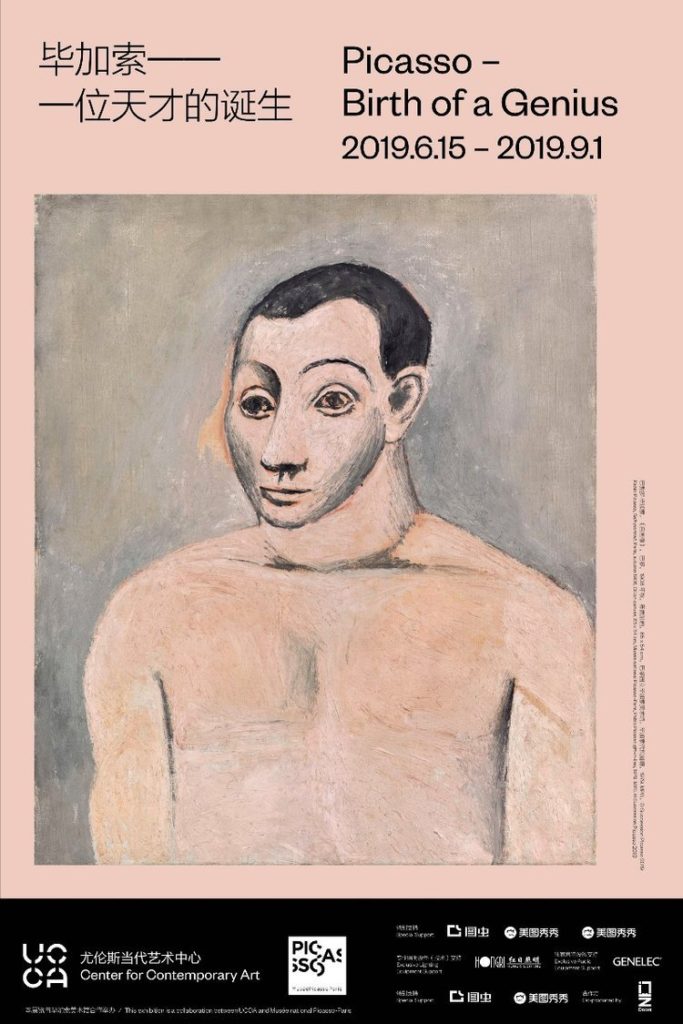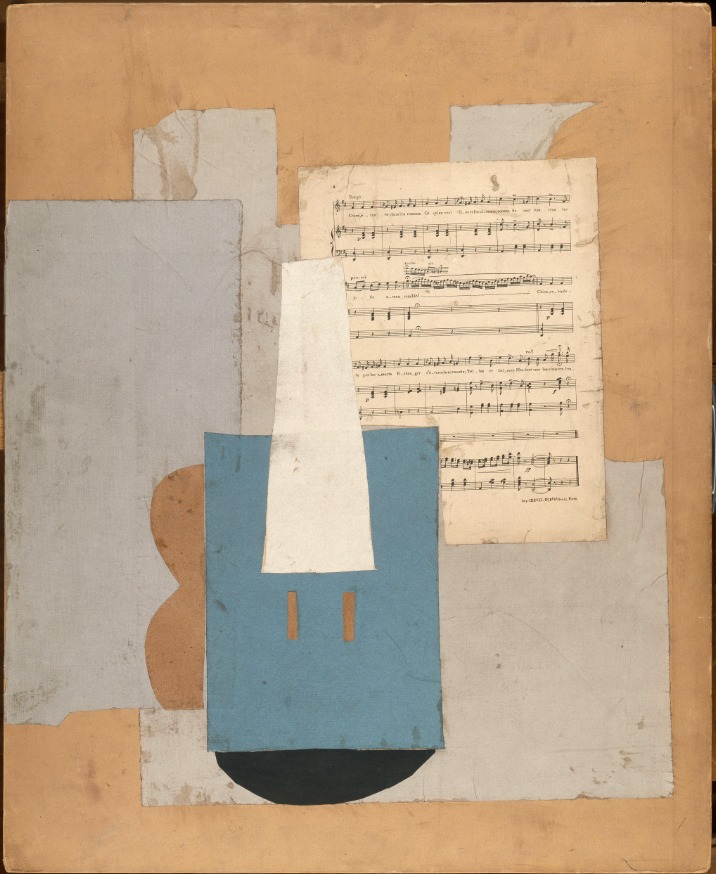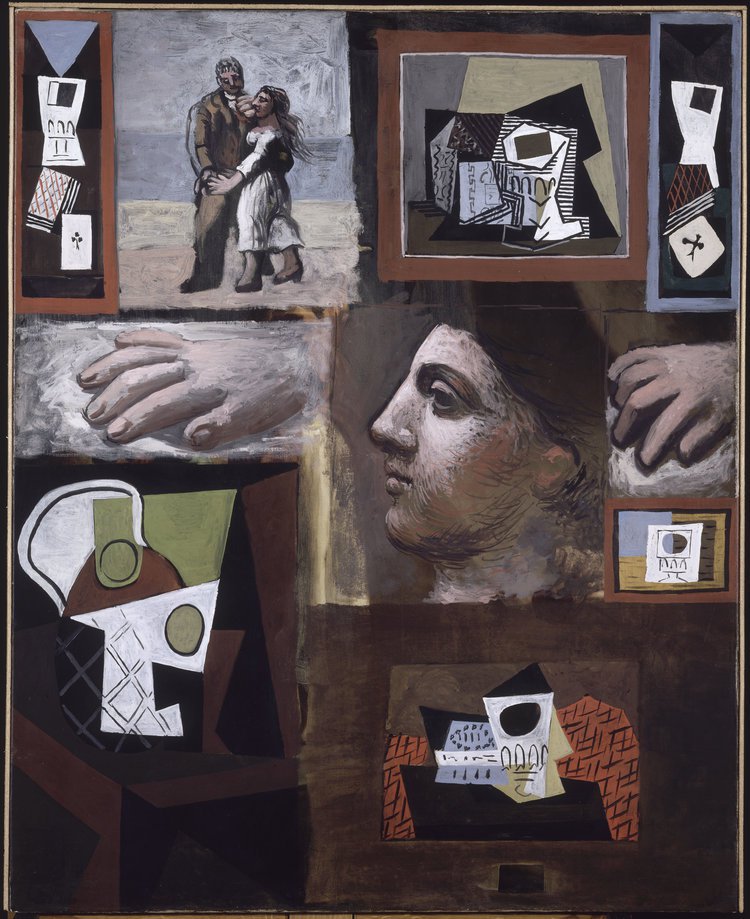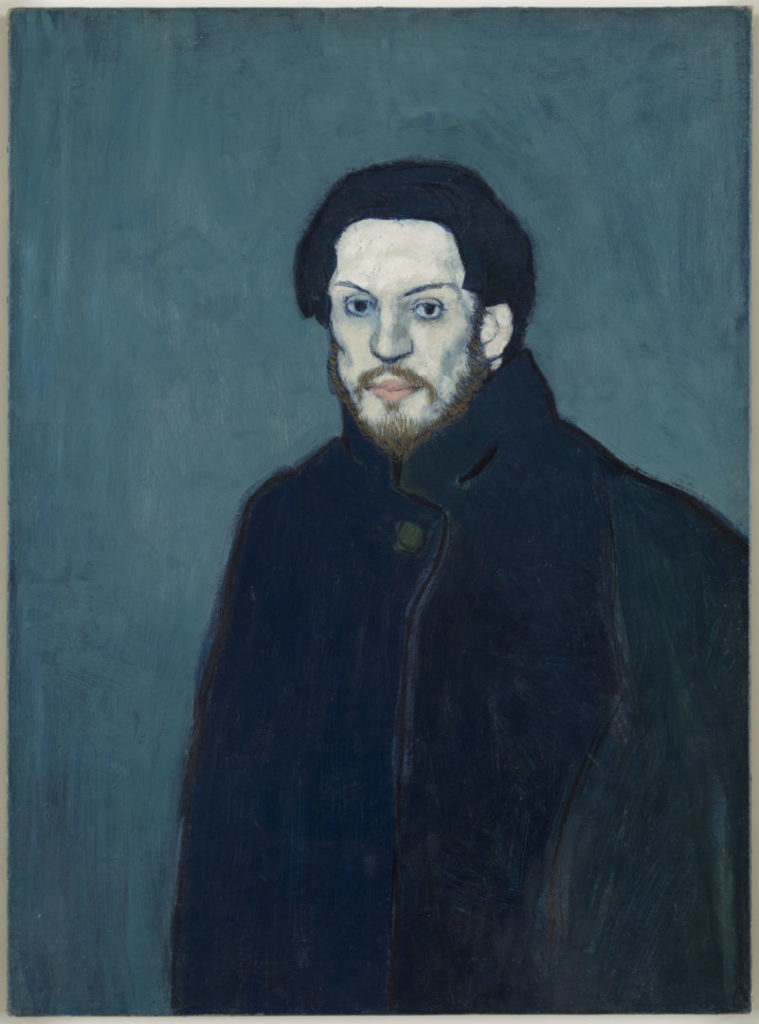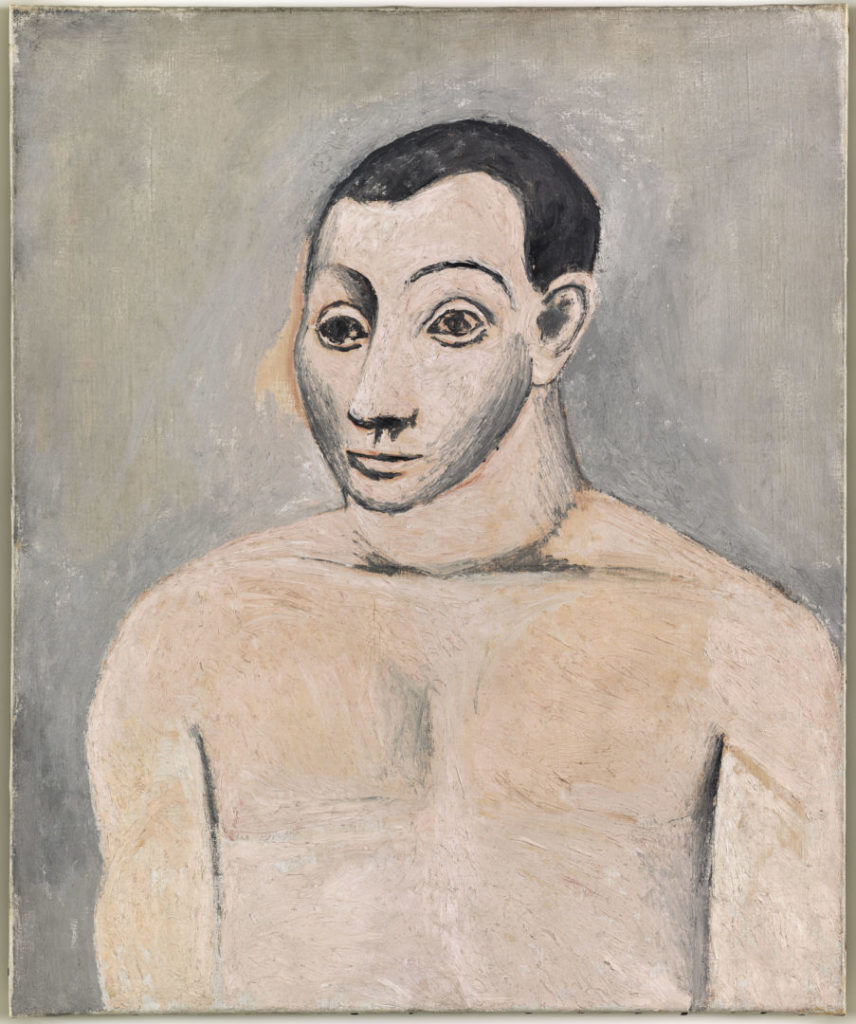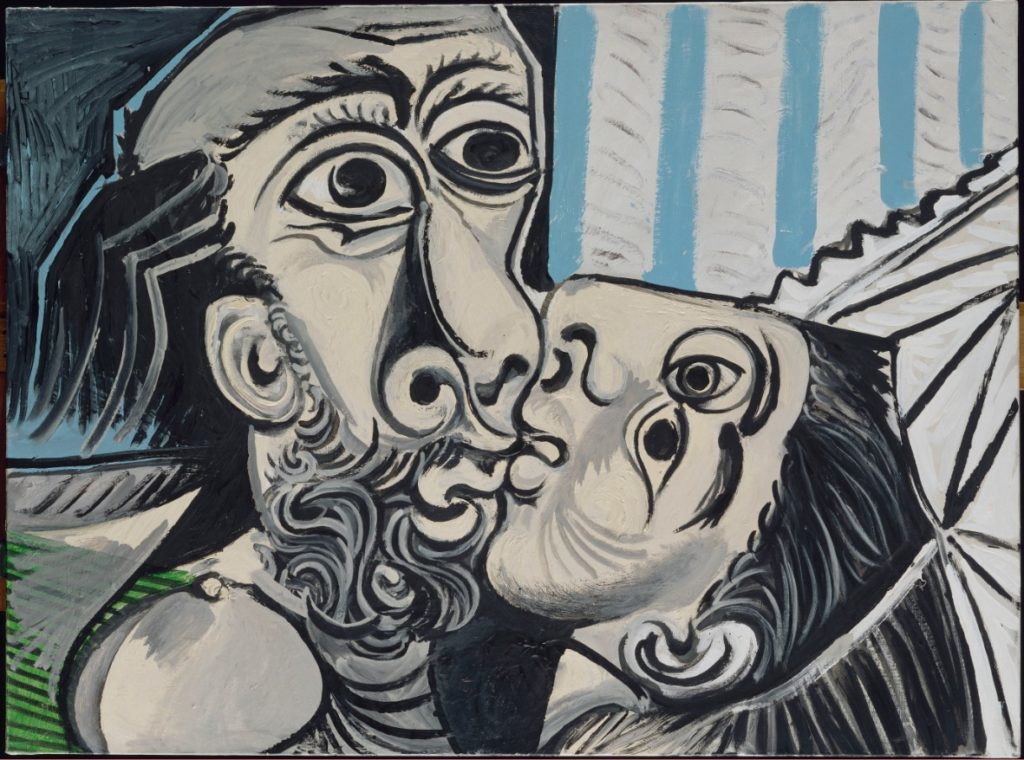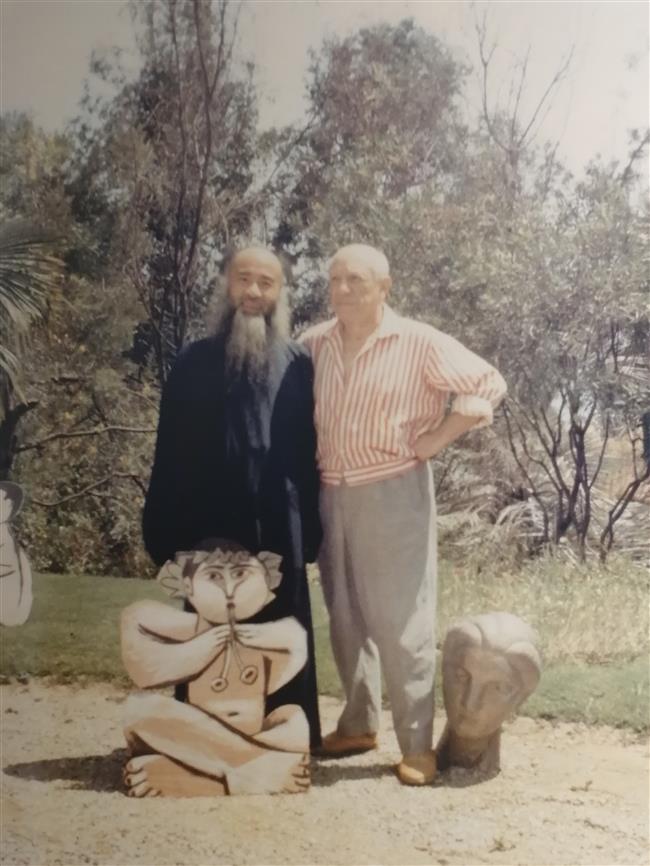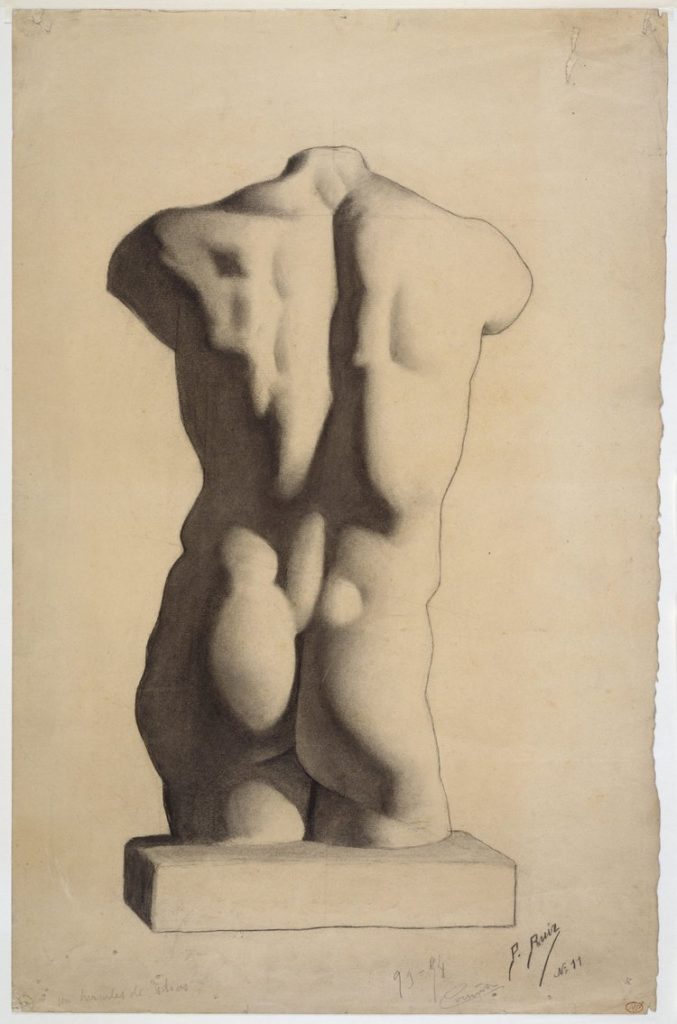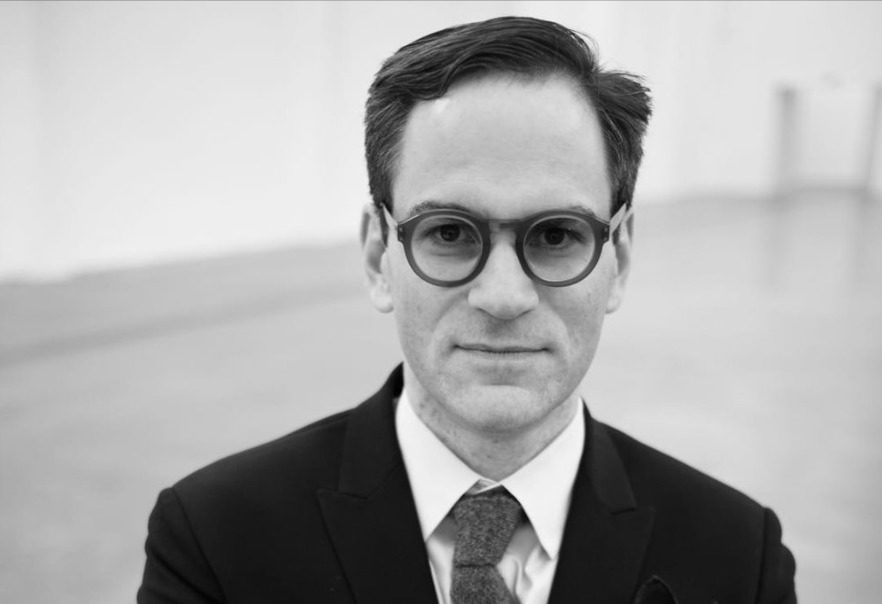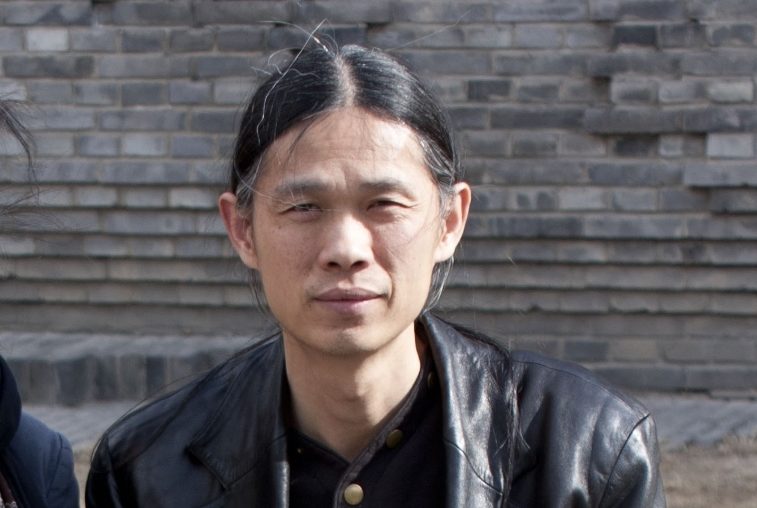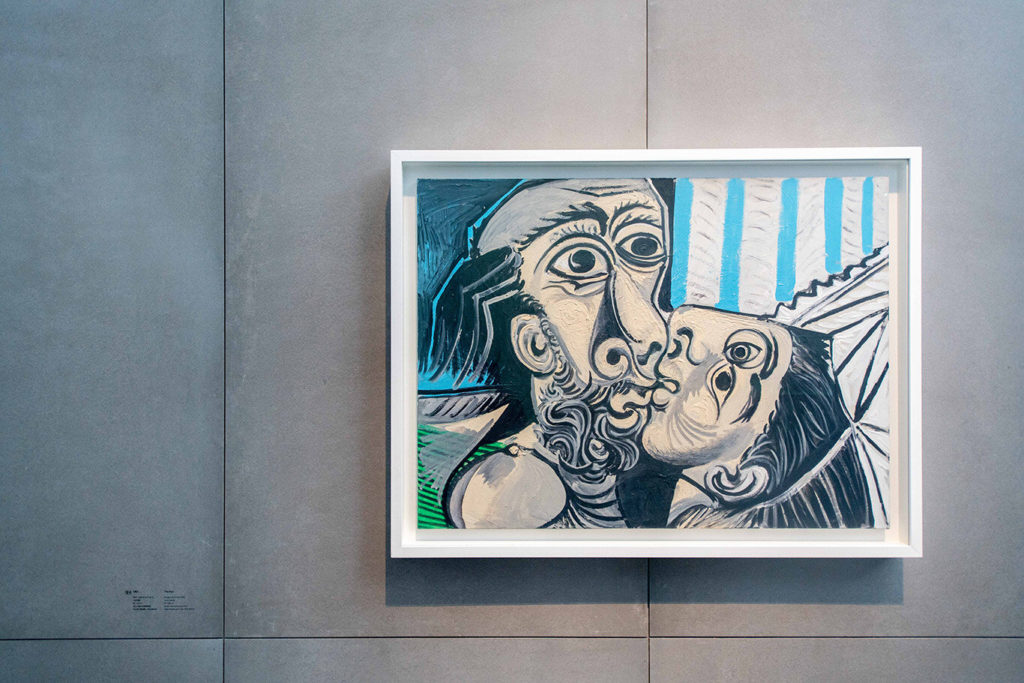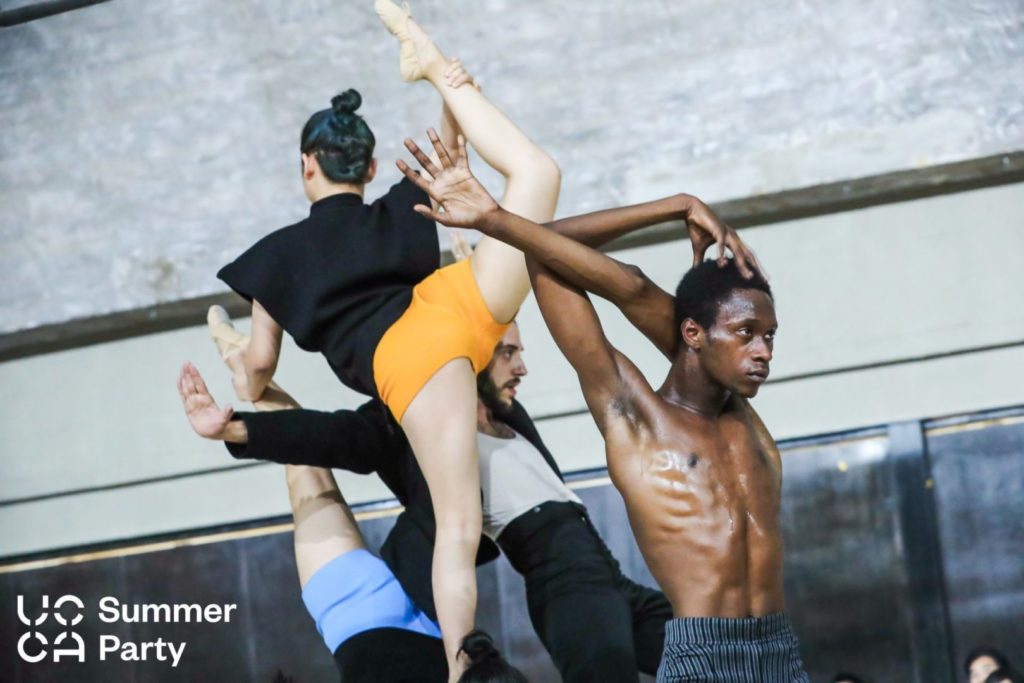DoorZine: Let’s talk a little about your background. When and why did you start developing an interest for Picasso?
I studied History of Art at the Ecole du Louvre, specializing in 19th and 20th Century art. I took a course on circus representation in Picasso’s work. Even before taking my curatorial examination, I was very familiar of this artist. Since childhood, I had seen a lot of his art in reproductions, books, and on postcards. I specifically remember one postcard of Jacqueline’s portrait, known as Madame Z, whose profile seemed sculpted in a combination of colored facets. This painting gave me a feeling of monumentality, and, at the same time, because of the particular attention to details, such as the eyes, a feeling of a great elegance that commanded respect. It had the solidity and permanence of something antique, and at the same time, was eminently modern and attractive.
While studying the Rose period, I was moved, like a lot of people I believe, by Picasso’s deep empathy for circus people, and more precisely misfits, wanderers, and artists who lived on the margins of society. I was seized by the blend of grace and sadness that emanated from his works. And when I realized all these paintings had been made by the same artist, I felt dizzy in awe.
What fascinates me in Picasso’s work is his talent, and the way he deeply questions the process of art representation – beginning with cubism. Most importantly, I am astounded by his incredible capacity for renewal, his ability to be modern, to be in sync with his world, understand it and embody it in an artistic and humanistic way. From 1900s Barcelona to the Cannes promenade de la Croisette in 1950, from the Roaring Twenties in Paris to the sexual liberation of the 1960s, and throughout the dark years of the 1930s, Picasso keeps on reinventing his artistic language in response to his environment, whether it was intimate, historical, social, or cultural. Observing his work allows us to follow the path of a man of his century, and to witness the birth of modern art.

